
Review on 📡 Enhance Your HF Performance with the MFJ Enterprises Original MFJ-931 1.8-30 MHz HF Artificial RF Ground by Steve Campbell

Perfectly helps tune anything from 160 to 10 meters on low dangling random wires with a portable antenna tuner.
Works great! I was able to balance all ranges from 160 to 10 meters on my 175 foot hanging wire with excellent counterbalance current flow on all but 160 meters. I only have a 33ft counterweight and expect to fix the 160m limit by adding additional, longer counterweight wires. I use an old MFJ handheld tuner and can tune anything from 160 to 10 meters with an SWR around 1.0. I have a lot of noise (typically S9 levels) at my location so reception is an issue and limits DXing, but my random low hanging cable transmits excellently even at 160 metres. There have been many good contacts this spring (2015) on 40 and 20m. Most of my contacts have ranged from Buffalo, NY to New Mexico, Michigan, Florida and Upper Ontario. Be patient while you learn to set the correct ground current. Write down your settings for each lane. With my random wire I sometimes have to change settings when I return to a certain area on a different day (different local weather conditions) but the previous settings always bring me closer. With practice, I find this device VERY easy to use, even with my poor antenna setup. First, I tune my portable antenna tuner to get the lowest SWR I can find (usually very low, even before artificial ground tuning). I then move on to an artificial ground device to find the right settings. First, set your device to maximum sensitivity. Then toggle the inductor settings and check the current flow with a short test signal/pulse, but no transmission during the toggle/toggle (the last note is a really important precaution to avoid possible damage to the device and/or your transceiver). . When I find the current I send out a continuous 5 watt CW tuning pulse and turn the capacitor tuning until I get the maximum current. I usually have to tweak the sensitivity a few times as I get closer to the optimal setting. Once I find the maximum current on artificial ground, I set my antenna tuner to the lowest SWR, which usually involves small changes in the capacitance setting (I usually get around 1.0). I then sometimes raise and lower the inductor setting on artificial ground while changing the capacitance to ensure I get the optimum range. Remember NOT to transmit when changing the inductor setting. I then stay at or revert to optimal settings, noting transmitter frequency, tuner settings, and artificial soil settings (readjusting the artificial soil is not usually necessary). I double check my SWR and make any necessary adjustments to my antenna tuner. (This might seem like a lot of work, but it's pretty quick and easy with a little practice.) While I haven't fatigued my random wire without using an artificial bottom, I can't imagine it would work at 80 degrees. meters with a 33-foot counterpoise on all HF bands. (Whether this helps at 160 meters is unclear, as it doesn't log the current flow.) Of course, your experiences may differ, but be patient before concluding that the device isn't working with your setup. Operating Conditions: 175 feet of low hanging random wire extending unevenly 12 to 6 feet (12 gauge insulated solid copper wire) above ground, power lines less than 20 feet from antenna 33 feet of counterpoise extending 15 to 5 feet above ground Yaesu FT-450D is located on the second floor. Beginner still learning to "tune dials”73
- CB radios
- The list will be long.
New products
Comments (0)
Top products in 📡 Heavy Duty Fleet Navigation & Communication Supplies
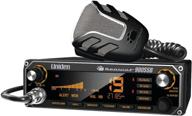
Uniden Bearcat 980: Advanced 40-Channel SSB CB Radio with Vibrant 7-Color Digital Display

8 Review

Cobra MAX Smart Featured Professional

9 Review

📻 Uniden PC78LTX Trucker's CB Radio: SWR Meter, PA Function, Hi Cut, and More!

10 Review
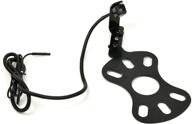
Brandmotion 9002-8847 Rear Vision System: Adjustable Mount Camera for 2007-2018 Jeep Wrangler JK with Factory Display Radio

9 Review
Another interesting products
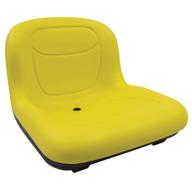
Stens High Back Seat 420-182 for John Deere AM131531 - Yellow (1 ea)

8 Review
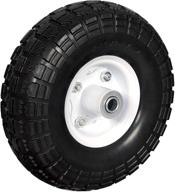
💪 Upgrade Your Travels with Professional EZ Travel Collection Heavy Load Flat Free Wagon Dolly Cart Tire (10" / 5/8" Center Hold Shaft)

12 Review
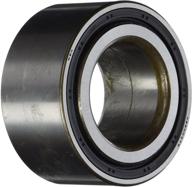
🚀 Enhance Vehicle Performance with the Timken 510050 Wheel Bearing

9 Review
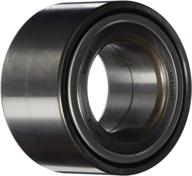
Timken 510063 Wheel Bearing

9 Review

